From morning to noon, afternoon, and evening, the flower changes color distinctly and can be observed with the naked eye.
What was once thought to exist only in legends and mythological films is indeed a reality: there are creatures capable of changing color in real life, and the Hibiscus mutabilis is a prime example. This flower is also known by several other names such as: Chinese Rose, Mutabilis Rose, and Cotton Rose.
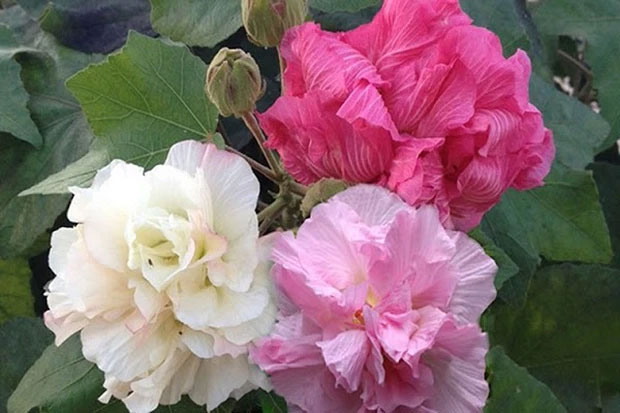
Hibiscus mutabilis – a flower that can change color within a day
Ranked among the most miraculous plants in the world, the Hibiscus mutabilis can change color within a single day, displaying three distinct color shades corresponding to three times of day: morning – afternoon – evening.
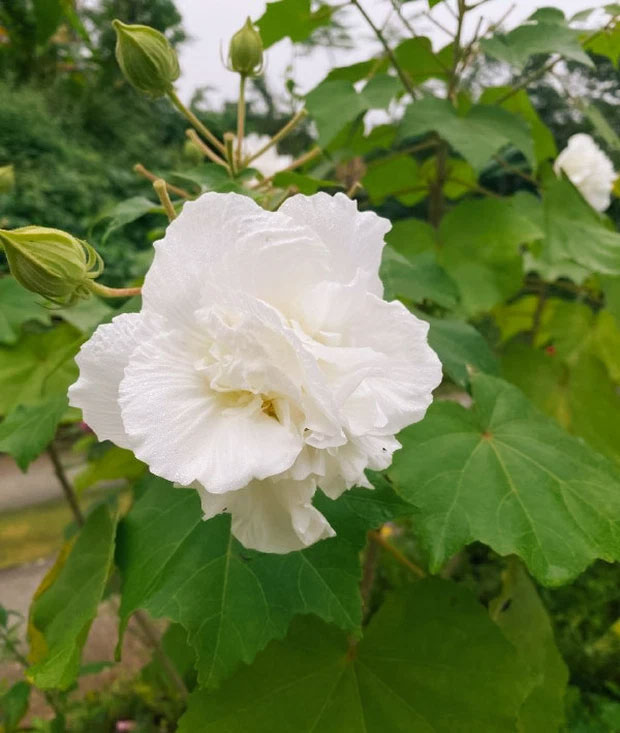
In the morning, the Hibiscus mutabilis is a pearly white
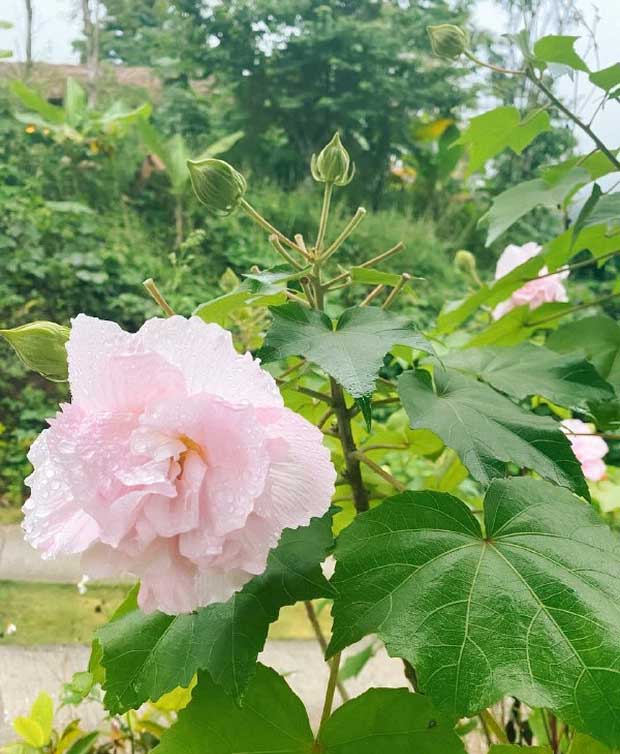
By early afternoon, the flower has turned a stunning pink
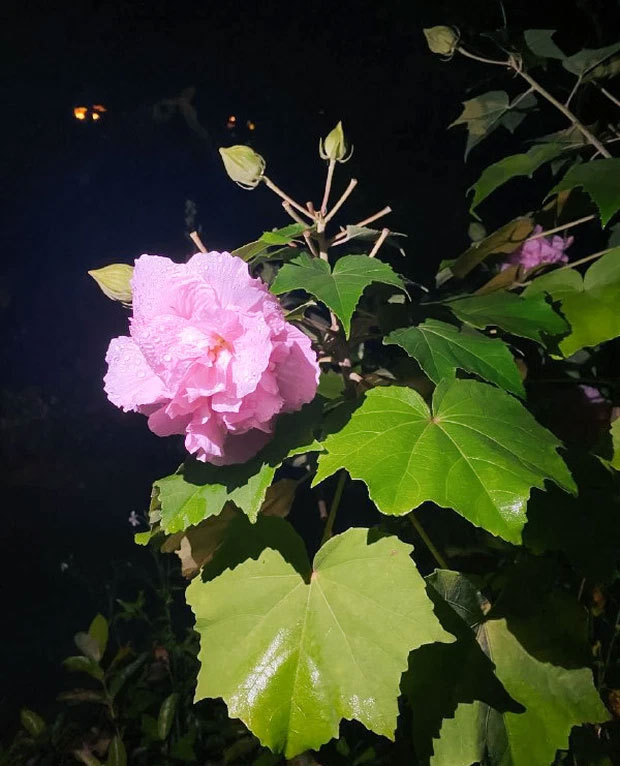
By evening, the Hibiscus mutabilis turns a deep pink or dark red (depending on the flower)
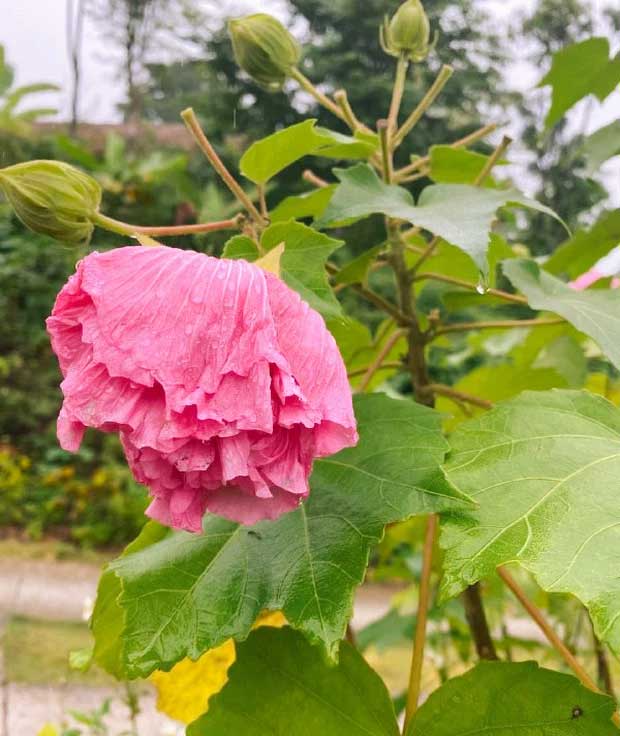
The next morning, the flower wilts but displays the most vibrant colors, still radiant despite wilting
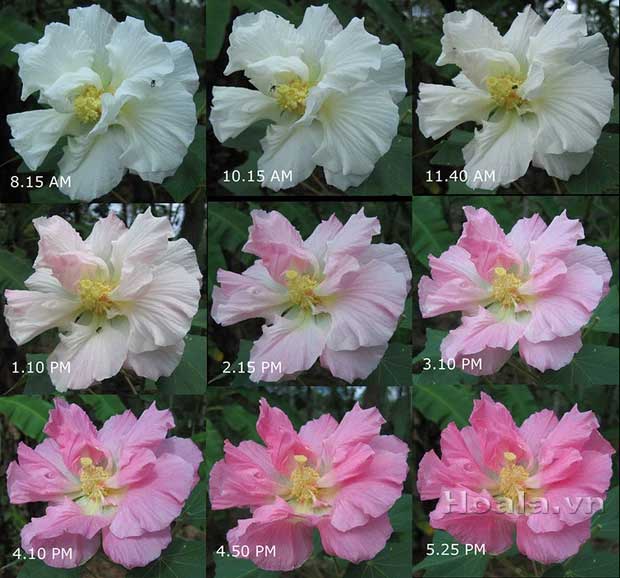
A summary photo of the color-changing cycle of the Hibiscus mutabilis. (Photo: hoala.vn)
The reason the Hibiscus mutabilis can change color so quickly is due to the presence of anthocyanins in its petals. The oxidation process causes this compound to change, resulting in the color transformation of the petals.
The scientific name of the Hibiscus mutabilis is Hibiscus mutabilis L, belonging to the Malvaceae family. The name “Hibiscus” originates from a legend about a fairy of the same name. Over time, it has come to symbolize hardship and adversity. The Hibiscus mutabilis is like a girl with a tragic fate: blooming in the morning, radiant at noon, and wilting by evening…
In addition to its color-changing property, it is also known for its delicate, feminine beauty. Each flower can bloom up to 15 cm wide, with thin, paper-like petals that naturally droop, giving the Hibiscus mutabilis an enchanting appearance.
Outside of Vietnam, the Hibiscus mutabilis can be found in abundance in India, China, the Philippines, Japan, and the United States. It can grow wild without the need for care. After the flowers wilt, the Hibiscus mutabilis can develop into a spherical fruit covered with fine hairs on a light yellow skin. However, its fruit does not have much nutritional value.

















































